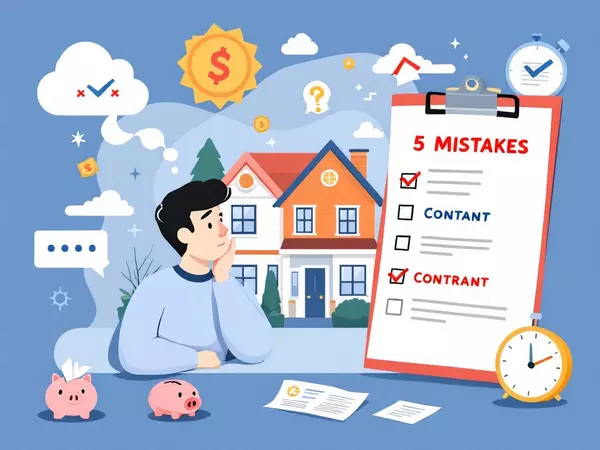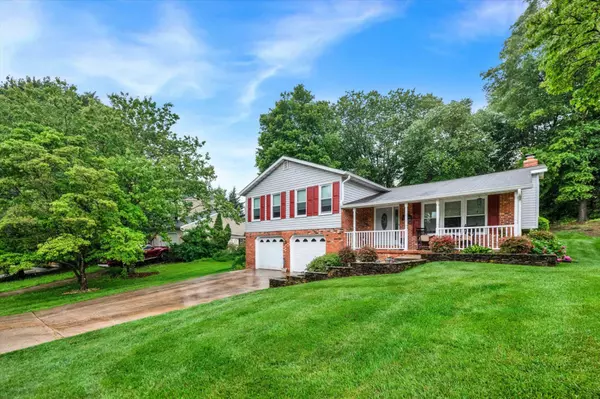
Beat Other Buyers to the Hottest New Listings
Beat Other Buyers to the Hottest New ListingsImagine this: you spot the perfect home online, only to find out it’s already under contract before you can even schedule a tour. In today’s fast-paced real estate market, this scenario is all too common. So, how can you make sure you’re first in line whe

Is It Too Late to Buy Your First Home? Not Even Close.
Buying your first home doesn’t look anything like it did 30 years ago. The average first-time buyer in 2024 is 38 years old. Compare that to 33 in 2020 and 31 between 1993 and 2018. So if you’re renting in your 30s or 40s, it’s easy to wonder: Did I miss my window? The short answer is not at all.

5 mistakes buyers make prior to buying a home
Buying a home is one of the most significant financial decisions many people will make in their lifetime. For first-time home buyers, the process can be both exciting and daunting. However, there are common pitfalls that can derail even the most enthusiastic buyers. Understanding these mistakes can
Recent Posts











